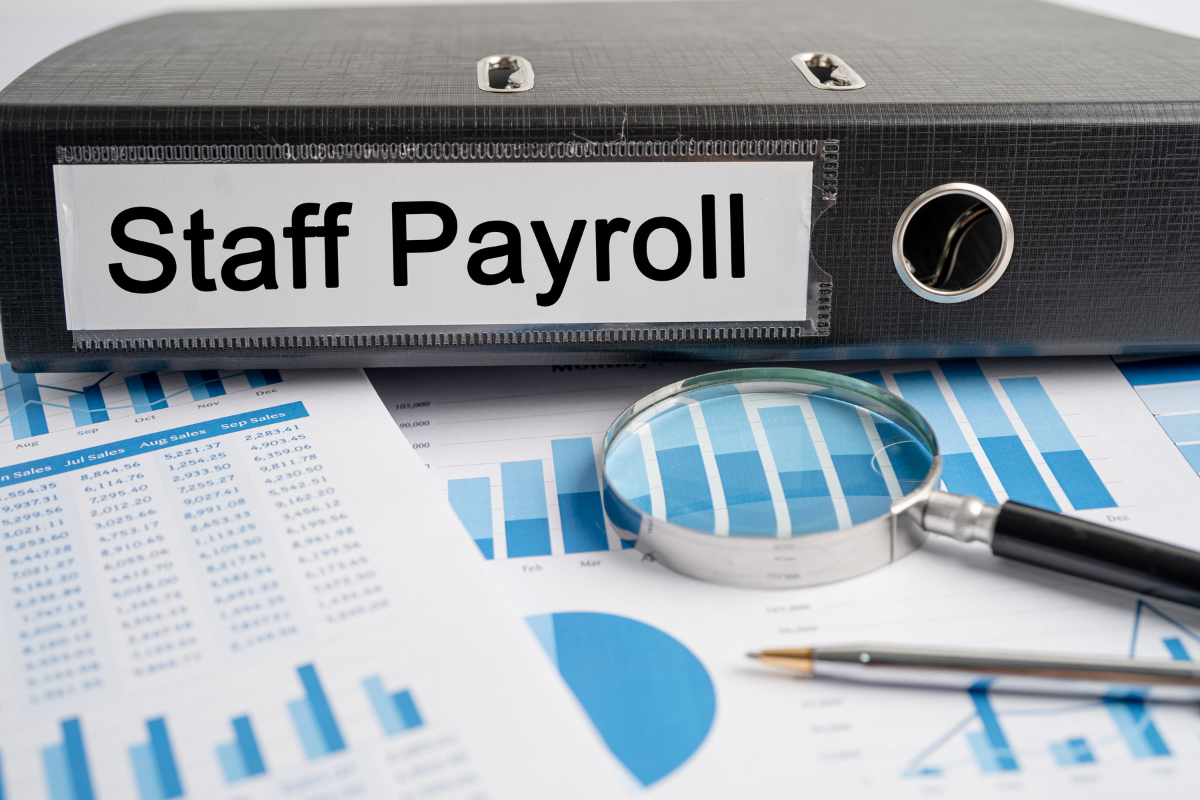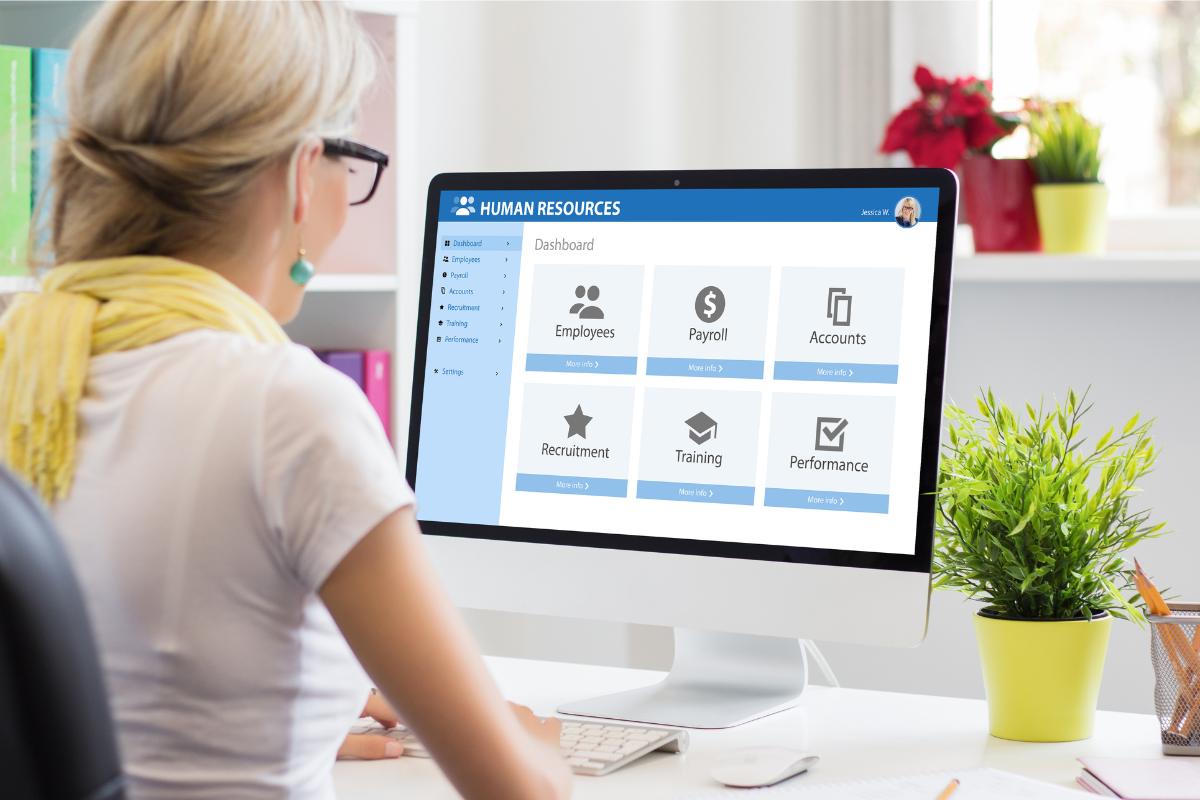
Pay Stub Management Made Easy: Proven Tips For Streamlining Payroll Processes
Posts by Alan TaylorJuly 22, 2023
Managing payroll can be daunting for any business, big or small. From calculating employee wages to generating pay stubs and ensuring compliance with tax regulations, payroll processes require precision, efficiency, and accuracy.
As businesses grow and hire more employees, the complexity of payroll management increases, making it crucial to streamline these processes.
This article will explore proven tips on how to create a paycheck stub and to make pay stub management easier and more efficient.
Adopt Payroll Software
One of the most effective ways to streamline pay stub management is using payroll software.
Payroll software automates various payroll tasks, such as calculating wages, taxes, and deductions, generating pay stubs, and maintaining accurate records.
By eliminating manual calculations, the chances of errors are greatly reduced, saving time and ensuring accuracy.
Modern payroll software often integrates with time-tracking systems, human resources software, and accounting platforms, creating a seamless and efficient payroll process.

Centralize Employee Information
Maintaining a centralized employee information database is essential for efficient pay stub management.
This database should include employee names, addresses, Social Security numbers, tax withholding information, benefits, and other relevant details.
By centralizing this information, payroll administrators can quickly access and update employee records, reducing data entry errors and ensuring that pay stubs reflect the most current and accurate information.
Implement Direct Deposit
Switching from traditional paper checks to direct deposit is a significant step toward streamlining payroll processes.
Direct deposit eliminates the need to print and distribute physical paychecks, reducing paper waste and the risk of lost or stolen checks.
Employees also benefit from the convenience of receiving their pay directly into their bank accounts, eliminating the need to visit a bank to deposit their checks physically.
Educate Employees On Self-Service
Empowering employees to access their pay stubs and relevant payroll information through a self-service portal can greatly reduce the workload on HR and payroll departments.
When employees can access and print their pay stubs, update their personal information, and view their time off balances independently, it reduces the number of inquiries and requests HR and payroll teams have to handle manually.
Stay Compliant With Tax Regulations
Payroll compliance is a critical aspect of payroll management. Tax regulations are subject to frequent changes, and non-compliance can result in severe business penalties.
To streamline pay stub management, staying up-to-date with the latest tax laws and regulations is essential, and ensuring that the payroll software used is regularly updated to reflect these changes accurately.
Conduct Regular Payroll Audits
Regular payroll audits are essential for identifying and rectifying errors or discrepancies in the payroll system.
Audits help catch mistakes before they become significant problems and ensure payroll processes run smoothly.
It’s good to conduct internal audits periodically or hire an external auditor to review payroll records, processes, and compliance.
Opt For Electronic Recordkeeping
Replacing traditional paper-based record keeping with electronic systems can significantly enhance payroll efficiency.
Electronic recordkeeping allows for faster data retrieval and easier organization of documents.
It also reduces the risk of losing important documents and provides a more environmentally friendly approach to payroll management.
Automate Payroll Tax Filing
Handling payroll taxes can be one of the most complex aspects of payroll management. By automating payroll tax filing, businesses can ensure accurate and timely tax submissions, avoiding costly penalties and late fees.

Many payroll software solutions offer automatic tax filing features that calculate and submit taxes on behalf of the business.
Provide Clear Pay Stub Information
A well-designed pay stub is essential for employees to understand their earnings and deductions.
Ensure that pay stubs provide clear and concise information, including gross pay, taxes withheld, deductions for benefits and retirement plans, and net pay.
Clear pay stubs also help employees keep track of their earnings and better plan their finances.
Continuously Improve the Process
Payroll management is not a set-and-forget process. Regularly evaluate your payroll procedures and seek feedback from your payroll team and employees.
Identify areas for improvement and implement changes to streamline the process further. Embrace new technologies and best practices to keep your payroll management system up-to-date and efficient.
Conclusion
In conclusion, streamlining pay stub management is crucial for any business to ensure accurate and efficient payroll processes.
By adopting payroll software, centralizing employee information, implementing direct deposit, educating employees on self-service, staying compliant with tax regulations, conducting regular audits, opting for electronic recordkeeping, automating tax filing, providing clear pay stub information, and continuously improving the process, businesses can simplify payroll management and focus on their core operations with confidence.
Remember that investing time and effort into efficient pay stub management ultimately leads to smoother operations and happier employees.
